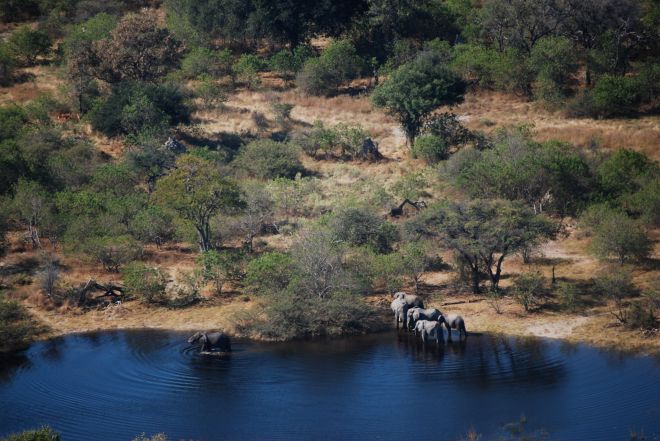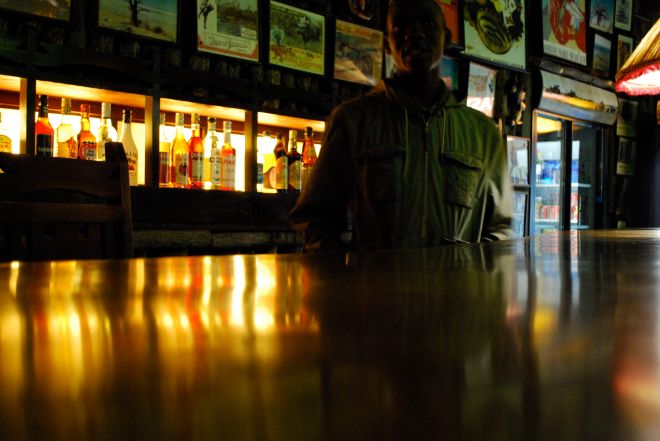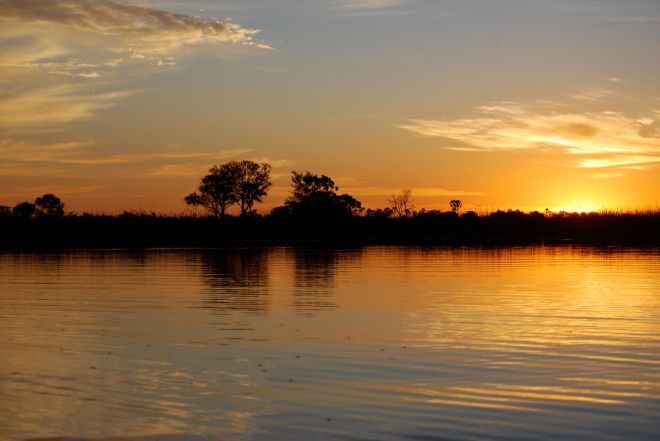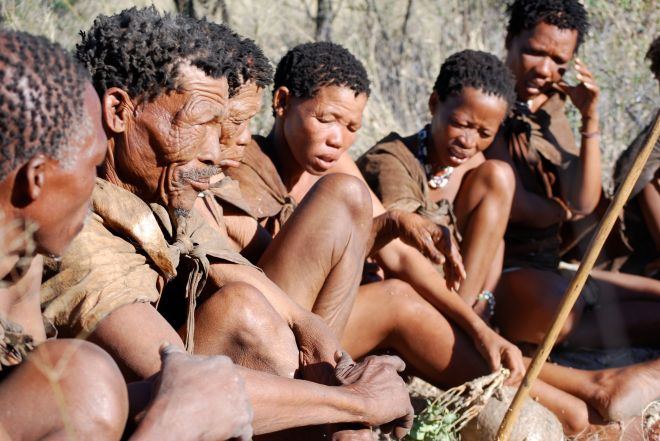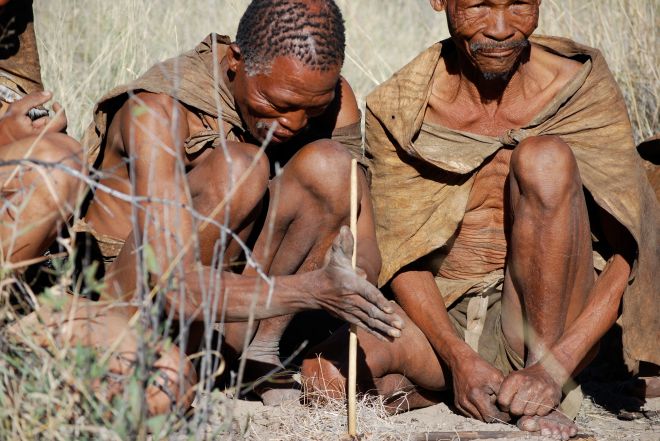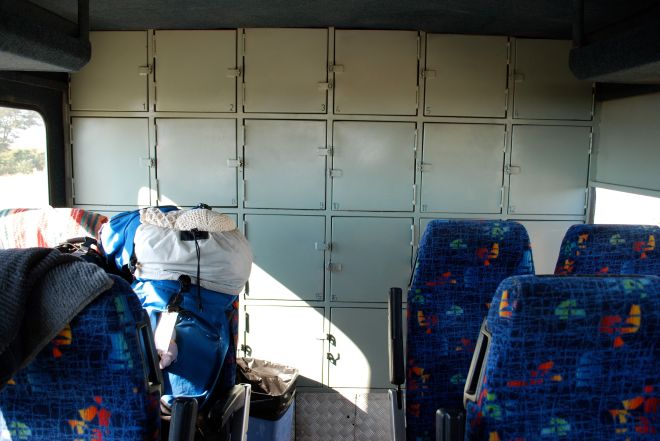Kasane, Botswana
We were on the road by 7 a.m. this morning for our 400 kilometer drive northeast to Kasane. Compared to Namibia, the roads in Botswana have been in surprisingly good shape — although that quickly changed once we hit the so-called Elephant Highway. This highway has been named because of the frequent and close animal sightings. But given the pockmarked road and potholes the size of elephants, it might as well have been named because of its lousy condition.
After refueling and stocking up on essentials in Kasane (and laughing as a warthog searched aimlessly for food in the parking lot), we set up camp inside the electrified fence of Thebe River. The fence was for good reason; nearby Chobe National Park, which is the second largest national park in Botswana, has one of the highest concentrations of game on the African continent.
Thor dropped us off on the banks of the Chobe River where we boarded a pontoon boat, sat back and were taken into the national park for an afternoon river safari.

And almost immediately, the animals appeared, including crocodiles, monkeys and several types of antelopes.



We also got a chance to get a closer look at the hippos — which we had to keep a safer distance from when traveling with mokoros in the Delta.


The star attraction, however, was the Chobe Elephant. These elephants comprise what is probably the largest surviving continuous elephant population on the planet, covering northern Botswana and northwestern Zimbabwe. The Chobe Elephants are some of, if not the, largest elephants in the world and their numbers are currently estimated at 120,000. As we navigated the river, dozens of them lined the shores while others ventured into the water, snacking on grass and allowing us to get extraordinarily close to these magnificent beasts.





The “sundowner” is a rite of passage here in Africa. Everyday, like clockwork, locals and tourists alike gather to watch the sun lower into the sky in a dazzling display of color and light. Sundowners are best enjoyed with a cold beer or cocktail in hand. And today was no exception.
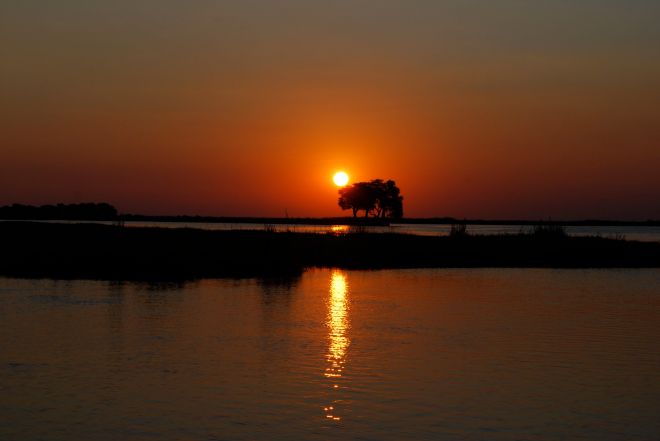


For me, this afternoon’s activity was the highlight of my time in Botswana. Relaxing on the slow winding Chobe River, coming within feet of the massive African elephants, experiencing another spectacular sunset — all with a cold Windhoek Lager in hand.
It honestly doesn’t get much better than this.

